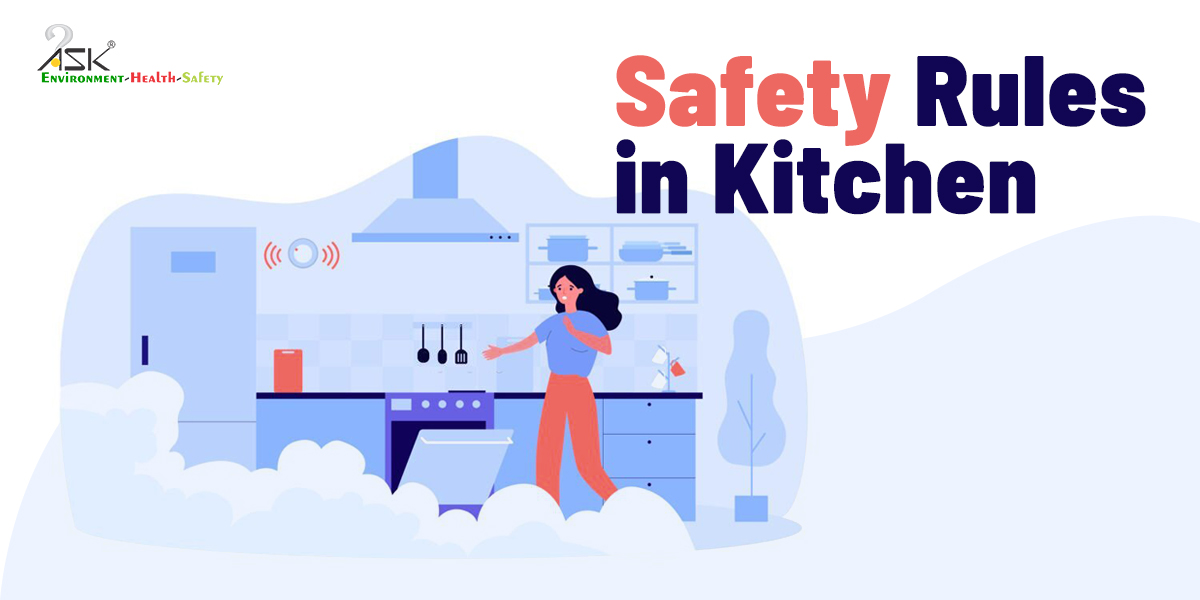Excelling the art of communicating risk

With effective measures taken (such as home quarantine) in COVID-19 pandemic, people have become more aware of the symptoms and its cure. One can say to an extent, that the efforts and the equal cooperation from people has flattened the curve of fear in people. Wearing masks, social distancing and emphasis on hygiene has taken roots – one is learning to absorb the sudden shocks and moving on.
But given the leniency and freedom to the people, the infection can linger and the curve can turn up again.
Simply because the risks are real, the data is confusing and the science is conflicted. Until the vaccine is developed and made available to the masses, the flare-ups shall continue.
For an industry, communicating about uncertainty – what is commonly known as ‘risk communication’ at a workplace becomes challenging for anyone who needs to convey or consume such information.
In times of unforeseen and startling events like these, industries remain ambiguous of the basic facts at start – any improper information spread from their side can possibly have crucial implications in personal and societal decisions. Like in this case – they need to think, how infectious is this new virus? Can it kill people? What will be the long-term social and economic repercussions?
Speaking of ‘potential risks’ in uncertain times
Also, a major part of the problem is the ‘round-the-clock media sensitization’ of each and every update, which spreads like a wildfire. There are times when information isn’t complete or its presentation has flaws or it can be totally out-of-context. The results can be devastating, emotionally and physically and is a major cause of what we call, cognitive noise.
Many industrial sectors have suffered a large and growing trust deficit with its users, if they struggle to deliver information that is transparent and meaningful.
With this mind, it becomes vital that EHS professionals and practitioners better brush up their risk communication skills. Understanding the typical responses to risks while recognizing the dichotomy of denial and fear makes room for risk communication.
Different responses to different types of people is necessary – while dealing with people who standby the notion that risks are overstated, immediate communication is required to educate and explain that procedures must be followed. Emphasis on following proper safety measures with abundance of caution must be given.
For people who remain fearful of what would happen next, industrial risk communication processes must speak up the real hazards and those perceived by the stakeholder groups (not everyone). Their perception must be managed, because it can be a result of their education, upbringing and life experiences. To deal with them, EHS professionals require all hands on deck to mobilize the risk mitigation team.
Modifying the risk perception
Safety professionals also need to keep a check on their body language for communicating the same. Trust remains an issue in such cases – there are higher concerns and lower levels of trust observed. Any intense and fearful emotion can be negatively interpreted and is easily noticed.
One needs to remember that the goal is to maintain and build safety credibility for the team and the organization. If this requires help from the senior leadership team, one mustn’t hesitate and go for it, because there are lives and emotions at stake.
A standard framework can provide an empirically-proven and tested playbook for a next event or crisis. This means examining the facts and taking opinions from the respective stakeholders, which means being in line with their current thinking. One can remain hopeful that industries can, by making a disciplined use of the existing science, fill in the trust deficits in times of a crisis.


